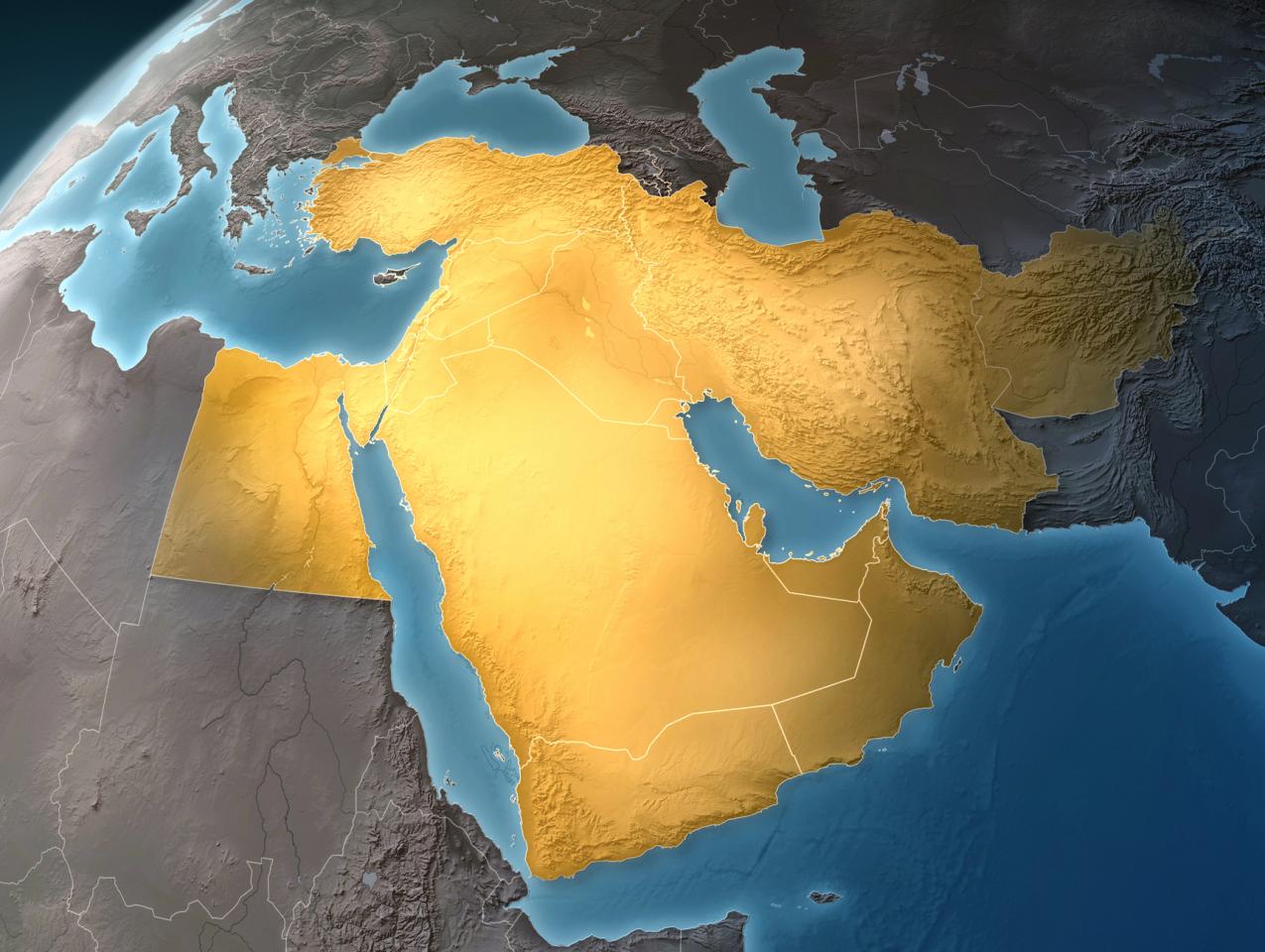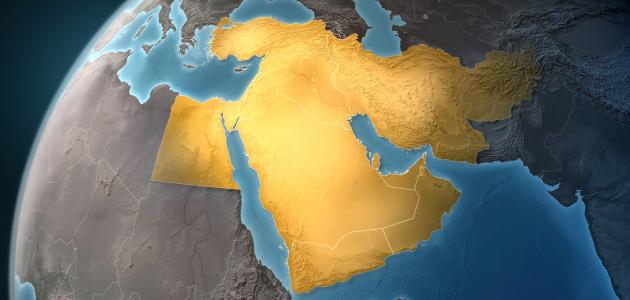In designing an optimal American strategy toward the Middle East, two factors stand out. One is that now, as most always in the past, the climate of opinion is both “this is the last chance for peace” and “this is a time when nothing can be done”. The second is that whatever happens in the region at this point in the 21st century will affect and be affected by negative and dangerous new trends in the other power centers of the world: China, Russia, the U.S., and even the European Union.
The contemporary distressed structure and dangerous dysfunctions of the Middle East are traceable to The Great War, 1914-1918, and the vast vacuum left when the Ottoman Empire and its Caliphate collapsed after siding with the Kaiser’s Germany and declaring jihad against the Allies. This gave the victorious powers no choice but to install the modern international state system all across the region. The leaders who took charge of this new dispensation proved unwilling or unable to make the most of the modern world order.
The horrors of the First World War compelled an attempt to understand what had led to such a massive disaster. They discerned four causes: the obstacles to statehood for all peoples; the “balance of power” doctrine which required military action when in need of redress; the lack of an international diplomatic forum in which confrontations could be addressed to forestall military actions; and an escalating arms race as had been the case in the pre-1914 naval rivalry between Great Britain and Imperial Germany.
All four of these causes of war are again, a hundred and more years later, virulently evident today; if not taken into account by strategic thinkers and leaders, the likelihood of major warfare will dangerously increase.
First, the modern international state system has been allowed to deteriorate to a point of incoherence despite its record over the past century of defeating, sooner or later, each of its most ideologically-driven enemies. States have failed and not been repaired; “ungoverned spaces” have spread. Mechanisms and associations once available have become weak, problematic or moribund: bilateral, multilateral, and international alliances and partnerships have lost stature and credibility. Summit diplomacy has been traduced. The Intermediate Nuclear Forces Treaty of 1987 with its complex and comprehensive guarantees has bene violated by Russia, exploited by China, and abandoned by America; a similar achievement today is unimaginable. The 2015 U.S.-Iran nuclear “deal”, obviously in reality a treaty requiring Senate ratification, was deliberately distorted to circumvent the constitutional process.
Second and third, the balance of power doctrine, recognized as a spur to World War I, was replaced in the aftermath by the doctrine of collective security which, as authorized and largely legitimized by the United Nations, has proved workable on “easy” cases and plausible in medium-level crisis situations, but wholly useless when a dangerous situation may damage world order itself. The veto power, so often exercised in actuality or by signaled threat, has left the task of “world’s policeman” to America which has paid a political price so often that now the U.S. has turned away from this role. Collective security enabled the United Nations to invent the function of “peacekeeping”, whose most admired example was UNDOF and UNTSO. The disengagement and supervision forces kept the Israeli-Syrian ceasefire from 1974 until 2013, when it was destroyed by an Al Qaeda affiliate. Collective security now must be understood as a noble, but discarded ideal. In its internationally-assigned function as a forum for peace the UN lost legitimacy when it refused to carry out the peacekeeping role requested under the Egypt-Israel Treaty of Peace of 1979.
Fourth, a quadrilateral arms race has now been underway at different levels and in different forms among China, the U.S., Russia and Iran. The one most alarming dimension that all these military powers share, with China and Russia apparently in the lead is the use of new technology to enable weapons in the nuclear delivery missilery category to achieve blinding speeds, reducing the time of detection and reaction to near-impossible minimums for survival. This will transform strategic thinking in monumental ways. The doctrine of deterrence which characterized the Cold War was upended in the 1980s by the then-new technologies defensive capabilities in the American Strategic Defense Initiative, or “Star Wars”, a program that was scarcely on the drawing board when announced and is still far from perfected. Now comes a newly-required concept that at the same time is as old as war itself: preemption. Here is the great new danger: that technologically advanced speeds of attacks may mean that the first-strike will win – unless that strike is rendered inoperative by a preemptive attack.
Grotius, in his 1625, Laws of War and Peace, put preemption up front; you don’t have to wait to be attacked, he wrote. When the danger is clear, you may have to strike first. This way lies utter disaster.
















